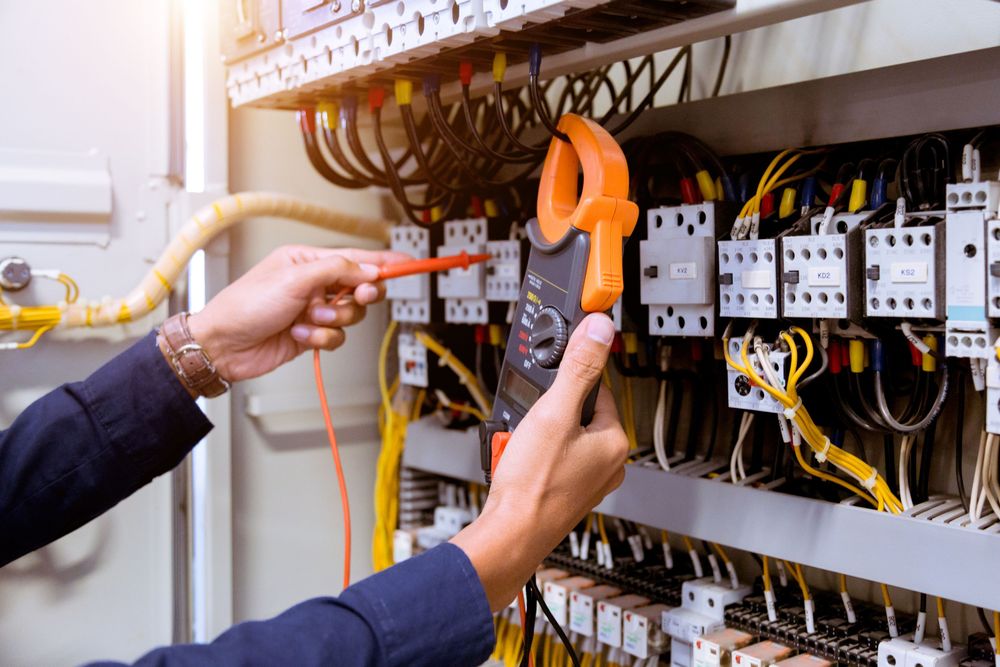
What to Consider When Designing an EMI Shielding Gasket
As you finalize the design for an EMI shielding gasket, there are many layers of consideration to work through in order to choose materials that deliver the protection and performance you need—without blowing the budget.
That often means selecting an adhesive that not only seals or holds a component in place but also helps block electromagnetic interference (EMI). The problem-solving behind EMI gasket design can be deceptively complex, even though the objective is simple.
What are EMI shielding gaskets used for?
All electronic devices emit electromagnetic interference, and one solution to prevent EMI leakage is creating a shielding gasket.
Excessive EMI leakage can cause serious disruptions — including data loss, equipment malfunction and system failure — especially in sensitive or mission-critical devices.
In rare cases, EMI can interfere with life-supporting or safety-critical systems, making reliable shielding essential.
When it comes to maintaining critical systems, the design and material selection of EMI shielding gasket material can’t be left to chance.
An EMI gasket helps maintain the integrity of the conductive shield around an enclosure by closing gaps that would otherwise allow EMI to escape or enter. This shielding preserves device performance and compliance with EMC standards.
How do you choose EMI shielding gasket material?
Asking the right questions early in the design process will help you narrow down the right materials:
- What is the radiated emission spectrum?
Understanding the frequency range is key to selecting shielding materials with the appropriate attenuation properties. - Which specifications or standards must be met?
Identify any required shielding effectiveness, such as compliance with MIL-STD-461, FCC Part 15, or IEC 61000. - What are the environmental conditions?
Will the gasket be exposed to outdoor weather, chemical vapors, solvents, or temperature extremes? - What type of compressible material is needed?
The material must fill the enclosure gap while maintaining conductivity and resiliency.
You’ll also want to weigh cost, manufacturability and lead time alongside performance for EMI gaskets – along with any other type of gasket you’re designing.
Commonly converted EMI shielding materials
Common EMI shielding materials include:
- Electrically conductive foams – Compressible foams with a conductive skin or core that provide shielding while sealing against dust and moisture.
- Metal-filled silicones: BISCO EC-2130 Silicone EMI Shield offers excellent sealing and electrical conductivity in a flexible elastomer.
- Fabric-over-foam tapes: 3M™ 5113 series, featuring a conductive polyolefin adhesive and fabric-wrapped foam core for excellent contact conductivity and flexibility.
These materials provide both environmental sealing and electrical conductivity to maintain shielding effectiveness across enclosure joints.
Get expert feedback on EMI gasket materials
When looking for a custom converting partner to create your EMI gasket, make sure your choice of gasket material is backed up with technical expertise to give you the feedback you can trust. That’s what you can expect with SRP. Contact SRP with your requirements and we’ll get back to you with a fast, accurate quote.
